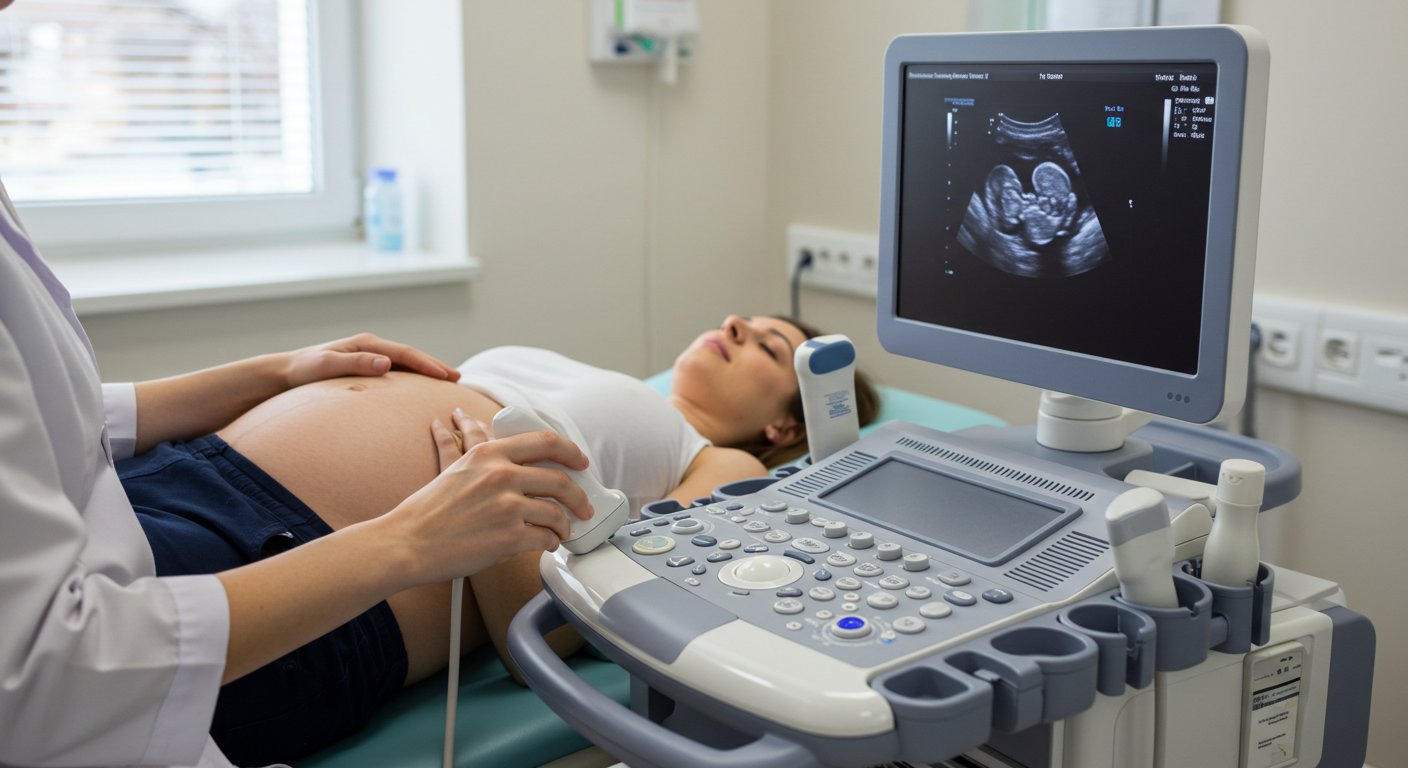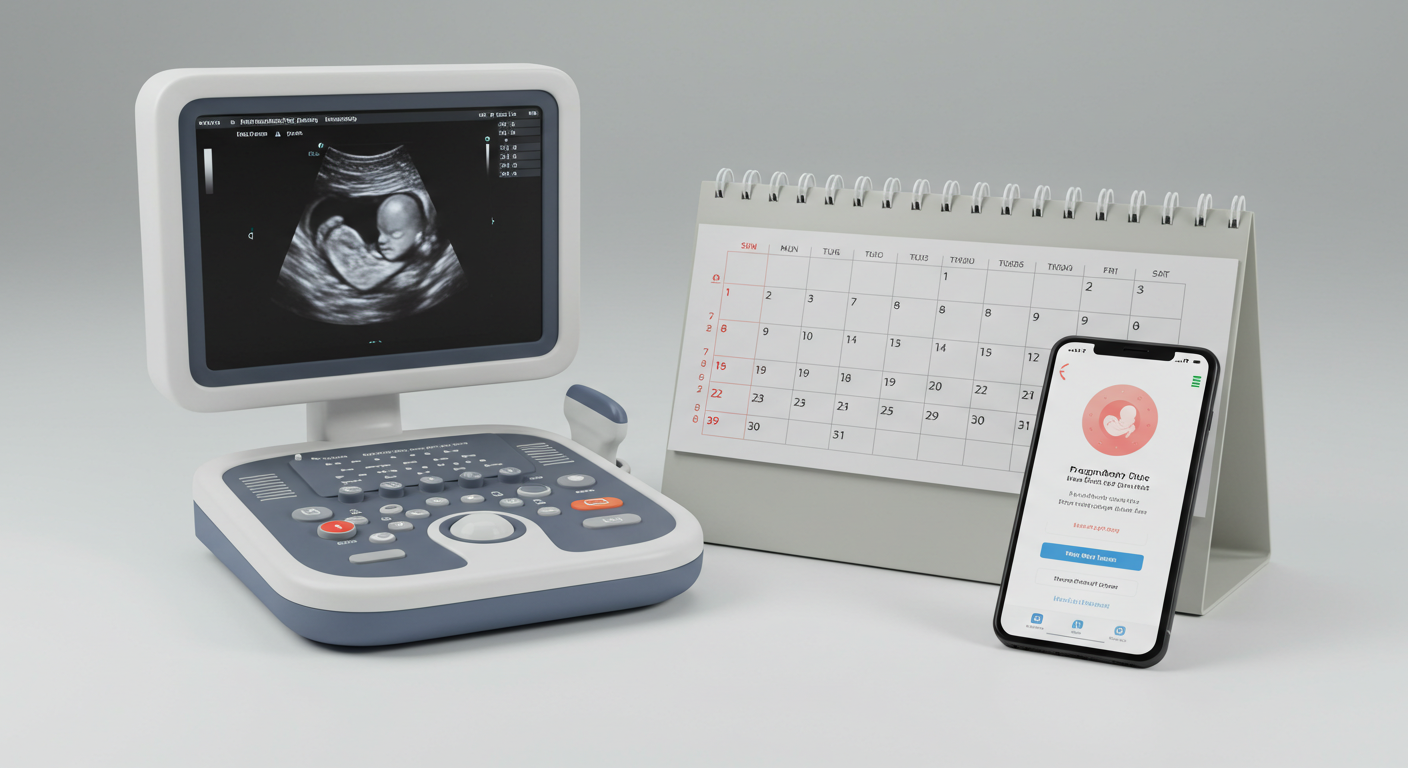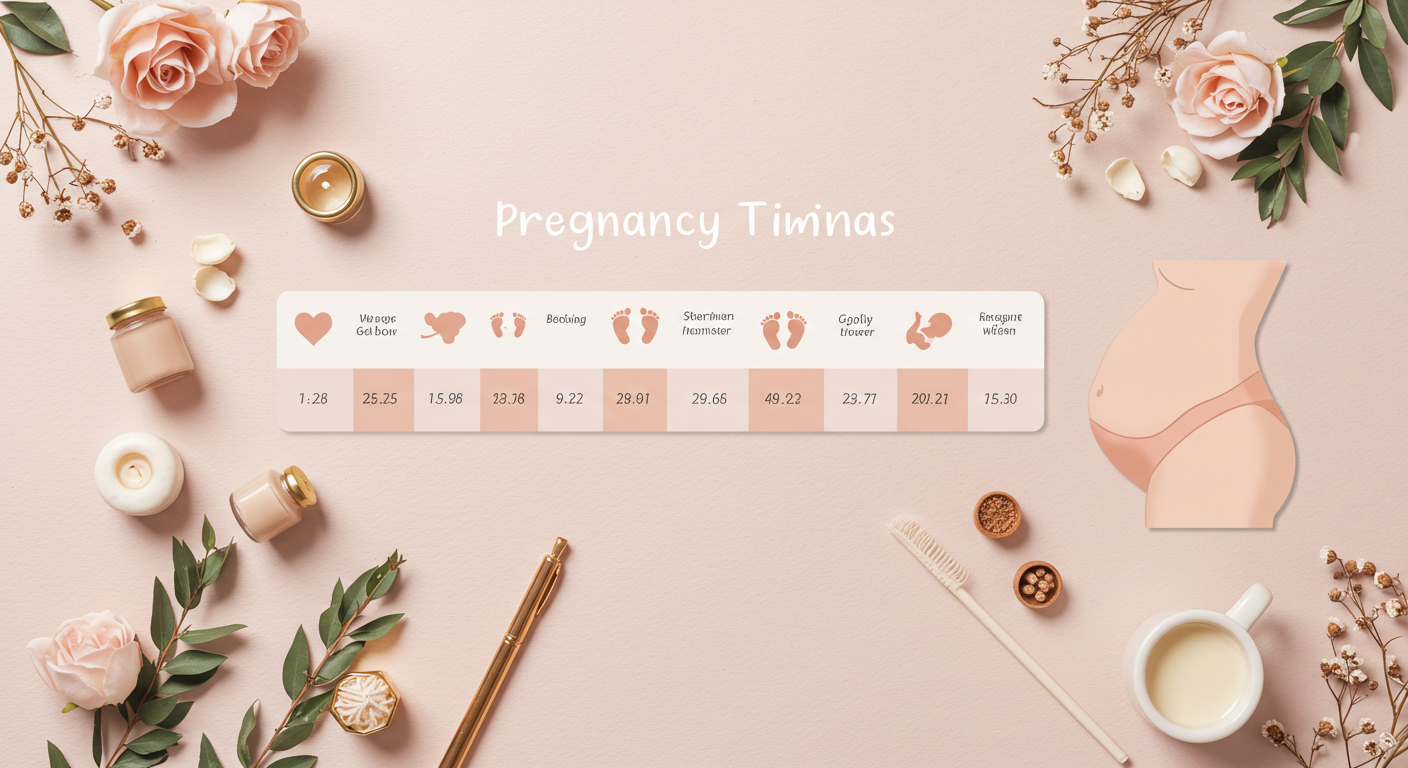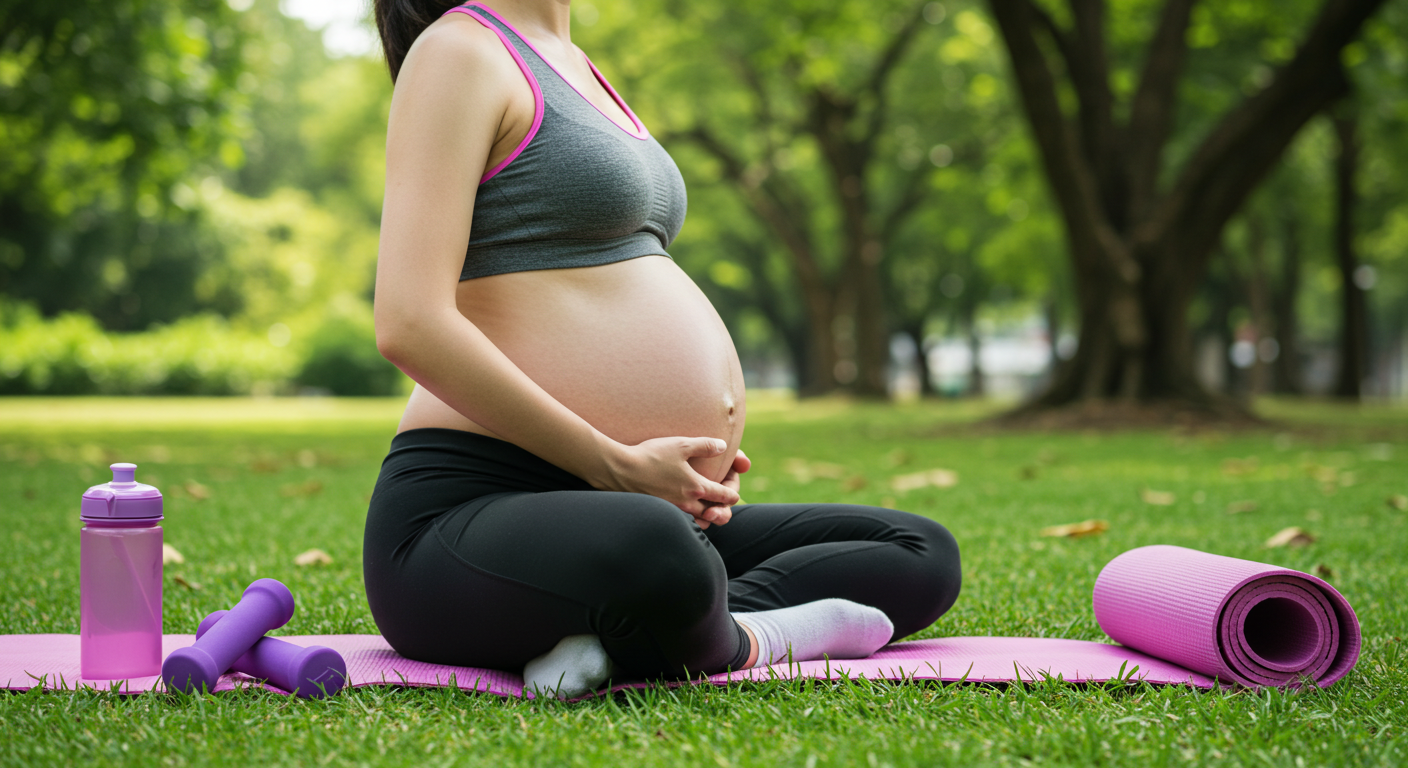Knowing when the baby will arrive is one of the biggest curiosities for any future mother. More than just a date on the calendar, the estimated due date (EDD) marks the beginning of a new chapter filled with love, discoveries, and challenges. But how can we accurately estimate this date? Let's explore everything about the pregnancy ue date calculator, how to use it, its importance, and interesting facts that will transform your gestational journey.
Why is Knowing the Due Date Essential?
The Estimated Due Date (EDD) is not just a number on the calendar; it is a guide that helps mothers and healthcare professionals throughout the pregnancy. According to the American College of Obstetricians and Gynecologists (ACOG), the EDD serves as a basis for prenatal follow-up and for conducting essential exams, such as:
- Morphological ultrasound: Conducted between 18 and 22 weeks to assess the health and development of the baby.
- Monitoring maternal health: Includes glucose tests, routine ultrasounds, and the Group B streptococcus test.
- Birth planning: Helps to anticipate possible interventions, such as scheduled cesarean sections or inductions.
💡 Studies from the 🔗CDC (Obstetric Estimate of Gestation at Delivery) indicate that knowing the EDD can reduce complications, allowing for more efficient monitoring throughout the pregnancy.

Furthermore, it is also necessary for the woman:
- Emotional Preparation: Pregnancy is a rollercoaster of emotions. Knowing when the baby will arrive helps reduce anxieties and strengthen the maternal bond.
- Practical Organization: From setting up the nursery to packing the hospital bag, the EDD provides a guide to ensure everything is ready at the right time.
How Does the Pregnancy Due Date Calculator Work?
The calculator uses different methods to provide the most accurate calculation possible:
- Last Menstrual Period (LMP): The most common method, based on the first day of the last menstrual period. 280 days (40 weeks) are added to obtain the EDD.
- Date of Conception: For those who know exactly the day the pregnancy started, 266 days are added.
- Ultrasound: Ultrasound, especially in the first three months, is the most reliable method, with minimal margin of error.
Practical example:
- LMP: May 10.
- Adding 280 days gives the estimated date of February 14.
💡 Reference: Studies published by the 🔗ACOG (American College of Obstetricians and Gynecologists) highlight that ultrasounds performed in the first trimester have an accuracy of 5 to 7 days in estimating the EDD.
What are the Most Accurate Methods?
- First Trimester Ultrasound: Considered the "gold standard" for estimating gestational age, especially in early pregnancies.
- Fetal Growth Chart: Used by doctors to compare the baby's measurements with established standards.
- Confirmed Conception: For those who underwent in vitro fertilization (IVF), the date of embryo transfer is the most accurate.
💡 Reference: Studies from the 🔗NCBI (National Library of Medicine) show that ultrasounds performed before 14 weeks provide the highest accuracy.
Interesting Facts About the Due Date
- Not everyone has 28-day cycles: Many women have longer or shorter cycles, which can alter the accuracy of the calculation. Therefore, ultrasound is a more reliable alternative in cases of irregular cycles.
- The baby decides the time: Even with all the technology, birth is influenced by natural signals between the mother's body and the baby.
- Only 5% of babies are born on their EDD: Most arrive between 37 and 42 weeks, according to data from the 🔗CDC.

Alternative Methods to Calculate the EDD
- IVF (In Vitro Fertilization): The date of embryo transfer is used as a reference. This approach is particularly accurate and recommended in assisted reproductive treatments.
- Assessment of Gestational Age: Using ultrasounds, doctors compare the fetus's measurements with standardized growth charts.
🔗 Reference: The American Pregnancy Association highlights that the first-trimester ultrasound is the gold standard for predicting the EDD.
Step-by-Step Guide to Using the Due Date Calculator
1. Required Data:
- The first day of your last menstrual period above (click here).
2. Expected Result:
- Estimated date of conception.
- Estimated due date.
- Your baby's zodiac sign and personality.
- Details of week-by-week progress.
- Countdown timer for the time remaining until birth.
Pregnancy: Week by Week
Understanding each stage of pregnancy is essential to enjoy this special moment. Here’s what happens in each trimester:

First Trimester (1 to 12 weeks)
- The baby's heart begins to beat.
- The major organs are forming.
- Common symptoms: nausea, fatigue, and mood swings.
Second Trimester (13 to 26 weeks)
- The baby begins to move.
- The mother feels more energetic.
- Detailed ultrasounds assess the baby's growth.
Third Trimester (27 to 40 weeks)
- The baby gains weight and prepares for birth.
- The mother may feel practice contractions (Braxton Hicks).
- Labor approaches, and excitement grows.
🔗 Reference: ACOG: How your fetus grows during pregnancy.
Special Care During Pregnancy: What Every Pregnant Woman Should Know
Pregnancy is a phase that requires extra attention to both the body and mind. Although it is a natural time, caring for the mother's health directly impacts the baby's development. Let's explore some special care and interesting facts that not all future mothers know but that can transform their journey.
Physical Activity: Continue or Pause?
💪 Can I continue going to the gym during pregnancy?
Yes! Women who already exercised regularly before pregnancy can generally continue, as long as they adjust the intensity and receive medical guidance. Activities such as walking, swimming, pilates, and yoga are highly recommended.

They help to:
- Reduce the risk of gestational diabetes.
- Relieve back pain and improve sleep.
- Strengthen muscles for childbirth and postpartum recovery.
⚠️ What to avoid?
- Impact sports (such as soccer or basketball).
- Exercises that involve lying on your back after the first trimester.
- Heavy lifting.
💡 Interesting Fact: Studies from Harvard Medical School show that active pregnant women tend to have shorter labors and fewer complications.
The Importance of Mindful Eating
🍓 Eating for two is a myth!
While caloric needs increase during pregnancy (averaging 300 extra calories per day in the second and third trimesters), the quality of food is much more important than the quantity. Nutrient-rich foods, such as fruits, vegetables, lean proteins, and whole grains, should be prioritized.
- 💡 Practical Tip: Include foods rich in folic acid (spinach, avocado, and beans) to prevent neural tube defects in the baby.
⚠️ Be careful with:
- Fish high in mercury, such as fresh tuna or swordfish.
- Excessive caffeine consumption. Limit to 200 mg per day (equivalent to one large cup of coffee).
- Raw or undercooked foods, such as sushi and undercooked eggs, which may contain harmful bacteria.
Sleep During Pregnancy: The Great Challenge
😴 Is sleeping well in the third trimester impossible?
Difficulty finding a comfortable sleeping position is a common complaint. Experts recommend lying on your left side to improve blood circulation to the baby.
💡 Practical Tip: Use specific pregnancy pillows or support a pillow between your legs to relieve back pressure.
Skin Care: A Chapter Apart
✨ Are spots and stretch marks inevitable?
Not always! Intensive moisturizing with oils or creams based on vitamin E can prevent stretch marks, while daily use of sunscreen reduces the risk of melasma (dark spots on the skin caused by hormones).

💡 Interesting Fact: The "pregnancy glow" is real! Increased blood flow and hormonal changes make the skin more radiant, but they can also cause acne. Proper facial hygiene is fundamental.
Emotional Care: Mental Health Matters Too
🧘♀️ Does stress affect the baby?
Yes. High levels of stress can negatively impact the baby's development. Relaxation techniques, such as meditation and mindful breathing, help maintain calm.
📚 Interesting Fact: The baby can hear your voice from 18 weeks of gestation. Talking or singing to them strengthens the emotional bond.
Vaccines During Pregnancy: What You Need to Know
💉 Are vaccines safe?
Yes, some vaccines are essential to protect both mother and baby. The CDC recommends:
- Flu vaccine: Protects against respiratory complications.
- dTpa vaccine: Protects against whooping cough, crucial for the newborn.
Important Alerts and Fascinating Facts
Can I dye my hair?
Amino-free dyes and toners are generally safe after the first trimester, but always consult your doctor.Do babies have hiccups in the womb?
Yes! It is common for the baby to have hiccups while practicing breathing movements in the amniotic fluid.Do pregnancy cravings have a scientific explanation?
According to studies from Harvard, cravings may be related to specific nutritional deficiencies. For example, a desire to eat meat may indicate a need for iron.The baby's hearing is impressive:
Babies can recognize their mother's voice at birth. This reinforces the importance of talking and singing during pregnancy.How to know if I am in labor?
- The signs include:
- Regular and intense contractions that increase in frequency.
- Loss of the mucus plug or rupture of the amniotic sac.
- Pressure in the pelvic area.
- The signs include:
What prenatal exams are indispensable?
- Some important tests include:
- Periodic ultrasounds to assess fetal growth.
- Glucose test to detect gestational diabetes.
- Blood and urine tests to monitor the mother's health.
- Some important tests include:
What are the warning signs during pregnancy?
- Seek medical assistance if there is:
- Intense vaginal bleeding.
- Severe abdominal pain.
- High fever.
- Decreased baby movements after 28 weeks.
- Seek medical assistance if there is:
How to deal with swelling during pregnancy?
- Mild swelling is normal, especially in the feet and ankles. For relief:
- Elevate your legs.
- Use compression stockings.
- Avoid standing for long periods.
- Mild swelling is normal, especially in the feet and ankles. For relief:
What to Bring for Labor? Plan Ahead
As the due date approaches, planning is essential. Pack your hospital bag with items such as:
- For the mother: Comfortable clothes, hygiene items, and documents.
- For the baby: Onesies, blankets, and diapers.
- Extras: Phone charger, snacks, and a camera to capture the first moments.

Conclusion
The journey of pregnancy is a unique moment, filled with discoveries and emotions. Knowing the estimated due date not only helps with planning but also brings you closer to the baby that is about to arrive. With our Due Date Calculator, you can track every milestone of this journey with confidence and peace of mind.
With the right information and adequate medical support, you can turn this journey into an unforgettable experience. Remember, each mother and each baby are unique. Enjoy the process, take care of yourself, and celebrate every step of this incredible journey.
🔗 Start now and discover your EDD!
References Consulted:

